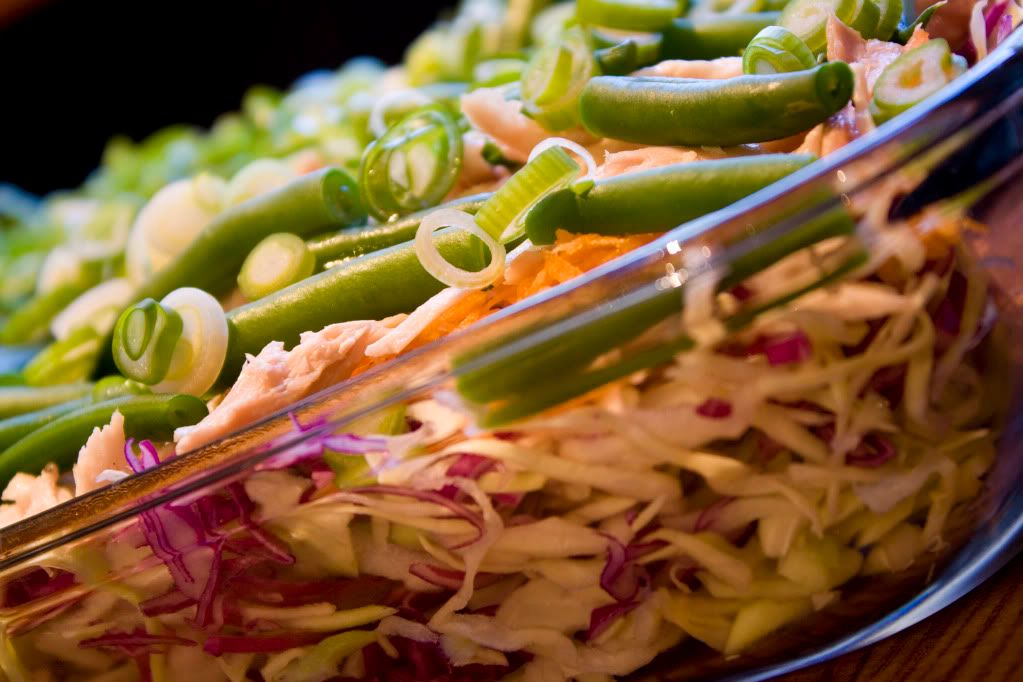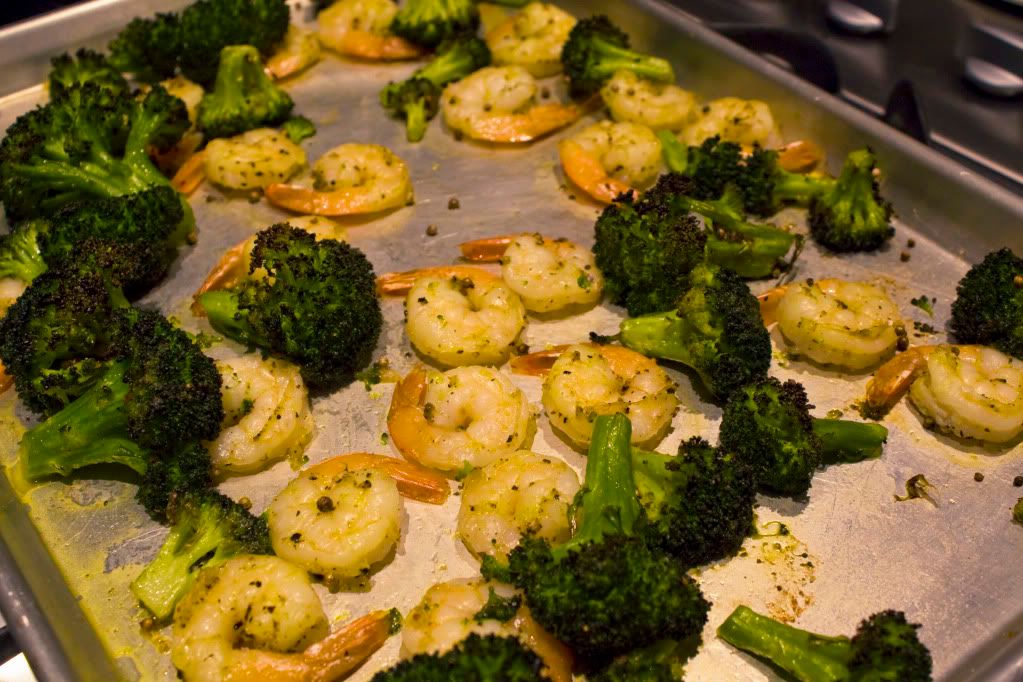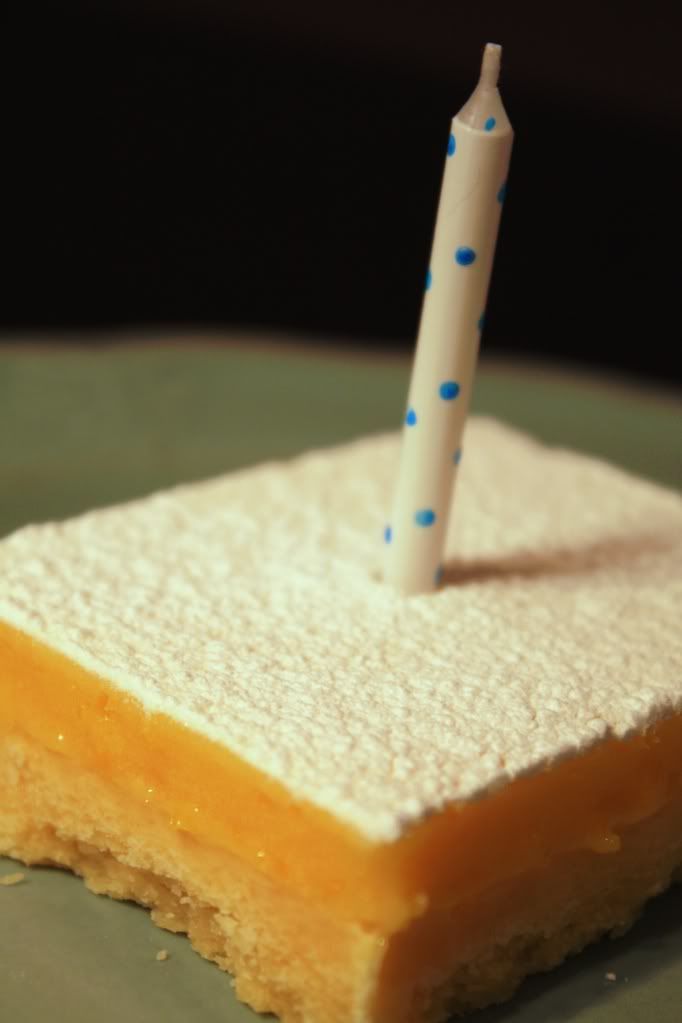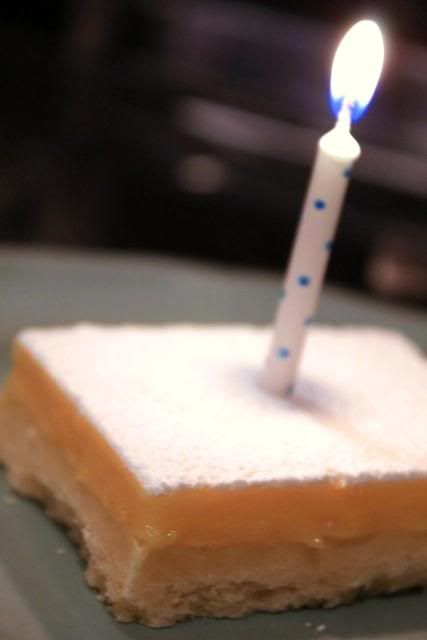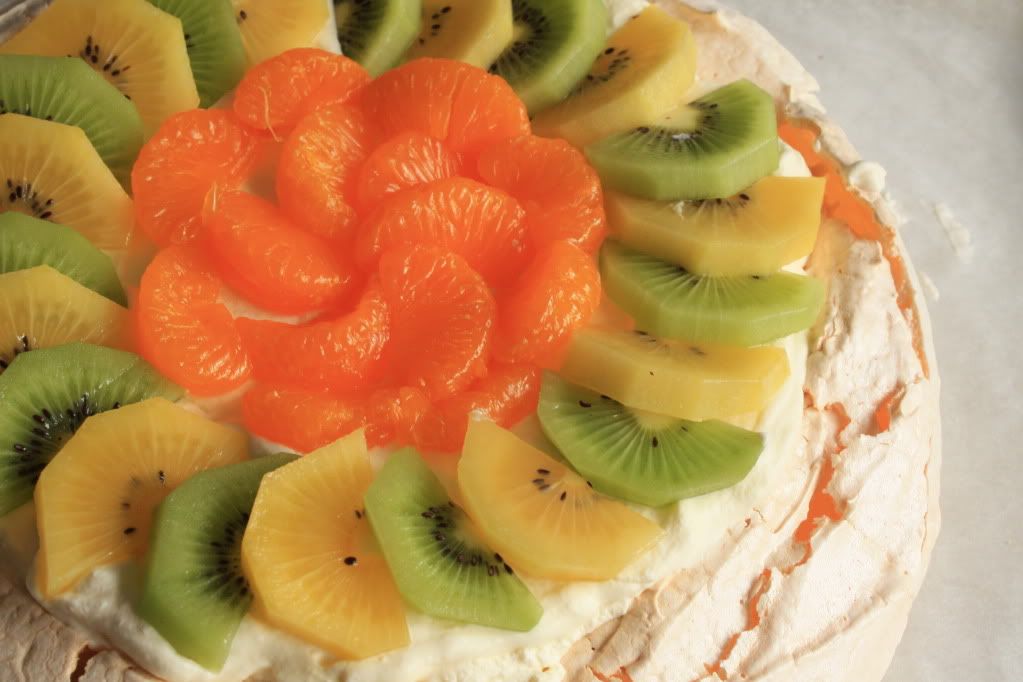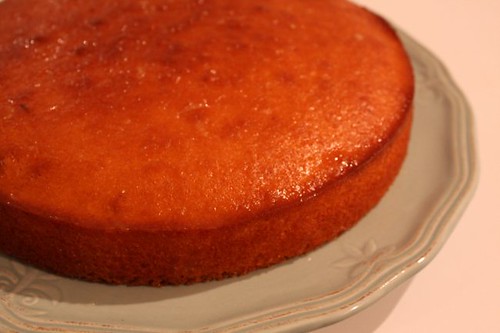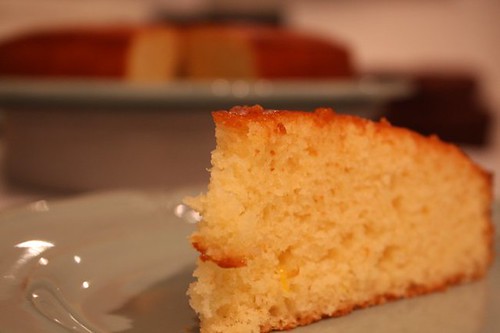First, just to catch you up on the past year:
- We moved back to the U.S. from New Zealand (Los Angeles, if you must know.)
- We had another baby boy. He's lovely and cuddly - what more could a gal ask for?
- We're moving to Burbank tomorrow. Well, Saturday morning. But tomorrow sounds a lot more urgent, doesn't it?

Monkey bread! I didn't know that was the official name for it until adulthood. When I was a kid I used to go to Betty Damron's house every Sunday afternoon and play Scrabble and bake "petals." Turns out petals are monkey bread in little old lady terminology. However you call it, monkey bread is soft balls of dough surrounded by ooey, gooey caramel. It's the cinnamon roll's less fussy cousin. It's breakfast and dessert. It's really hard to eat less than the entire thing in one sitting. Also, it doesn't keep well so you may as well eat it all in one sitting. And Deb at Smitten Kitchen made an especially delicious one with a cream cheese glaze. Oh, mercy!
I used her recipe this time and it's wonderful. I've also recently used a different recipe from the Scharffen-Berger book (which, incidentally, is a very good read) that involves chocolate. I think next time I would combine the two for a lightly chocolatey, cream cheesy bit of awesomeness. If you happen to beat me to it, please drop me a comment and let me know how it went!
Monkey Bread
Dough
4 tablespoons (1/2 stick or 2 ounces) unsalted butter, divided (2 tablespoons softened, 2 tablespoons melted)
1 cup milk, warm (around 110 degrees)
1/3 cup water, warm (also around 110 degrees)
1/4 cup granulated sugar
1 package or 2 1/4 teaspoons rapid rise, instant or bread machine yeast
3 1/4 cups all-purpose flour, plus extra for work surface
2 teaspoons table salt
Brown Sugar Coating
11/2 cup packed light brown sugar
2 1/2 teaspoons ground cinnamon
8 tablespoons unsalted butter (1 stick or 4 ounces), melted
OR
Chocolate Coating Alternative
1/2 cup semisweet or bittersweet chocolate, roughly chopped
1/2 cup white sugar
1/2 teaspoon ground cinnamon
Cream Cheese Glaze
3 ounces cream cheese, softened
3 tablespoons powdered sugar, plus extra if needed
2 tablespoons milk, plus extra if needed
1/4 teaspoon vanilla extract
Get oven and pan ready: Adjust oven rack to medium-low position and heat oven to 200°F. When oven reaches 200, turn it off. Butter Bundt or tube pan with 2 tablespoons softened butter. Set aside.
Make dough: In large measuring cup, mix together milk, water, melted butter, sugar, and yeast.
To proceed with a stand mixer, mix flour and salt in standing mixer fitted with dough hook. Turn machine to low and slowly add milk mixture. After dough comes together, increase speed to medium and mix until dough is shiny and smooth, 6 to 7 minutes. (The dough should be sticky but if it is too wet to come together into anything cohesive, add an additional 2 tablespoons flour.) Turn dough onto lightly floured counter and knead briefly to form smooth, round ball.
To proceed by hand, mix flour and salt in large bowl. Make well in flour, then add milk mixture to well. Using wooden spoon, stir until dough becomes shaggy and is difficult to stir. Turn out onto lightly floured work surface and begin to knead, incorporating shaggy scraps back into dough. Knead until dough is smooth and satiny, about 10 minutes. Shape into taut ball and proceed as directed.
Coat large bowl with nonstick cooking spray or a tablespoon of neutral oil. Place dough in bowl and coat surface of dough with more cooking spray or oil. Cover bowl with plastic wrap and place in warm oven until dough doubles in size, 50 to 60 minutes.
Make brown sugar coating: Place melted butter in one bowl. Mix brown sugar and cinnamon in a second one. (If making chocolate coating, combine chocolate, sugar, and cinnamon in the bowl of a food processor and pulse until chocolate is reduced to fine crumbs.)
Form the bread: Flip dough out onto floured surface and gently pat into an 8-inch square. Using a bench scraper or knife, cut dough into 64 pieces.
Roll each piece of dough into ball (don't spend more than 2 seconds on each piece or you'll be rolling forever). Working one at a time, dip balls in melted butter, allowing excess butter to drip back into bowl. (I found a fork to be helpful for this process.) Roll in brown sugar (or chocolate) mixture for a generous coating, then layer balls in Bundt pan, staggering seams where dough balls meet as you build layers.
Cover Bundt pan tightly with plastic wrap and place in turned-off oven until dough balls are puffy and have risen 1 to 2 inches from top of pan, 50 to 70 minutes.
Bake bread: Remove pan from oven and heat oven to 350°F. Unwrap pan and bake until top is deep brown and caramel might begin to bubble around edges, 30 to 35 minutes. Cool in pan for 5 minutes (no longer, or you’ll have trouble getting it out) then turn out on platter and allow to cool slightly, about 10 minutes.
Make glaze: Beat cream cheese with powdered sugar until smooth and light. Add milk and vanilla. If consistency is still too thick, add more milk by the teaspoonfuls until you get something pourable but not runny.
Drizzle the glaze over warm monkey bread, letting it run over top and sides of bread. Serve warm.


